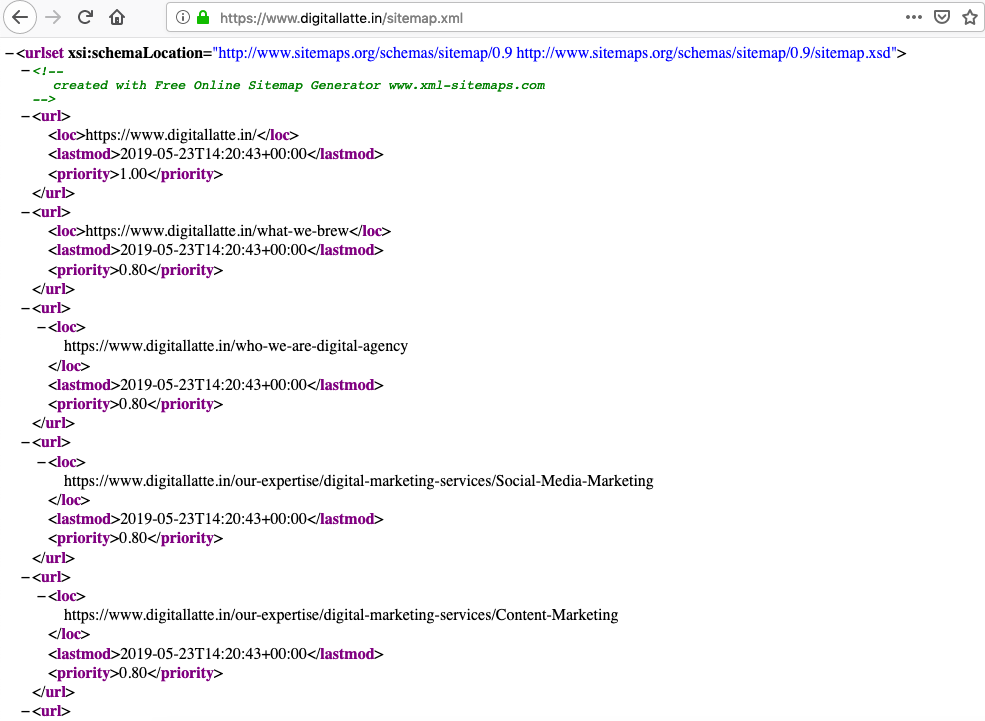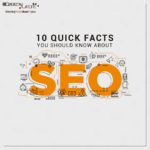Launching a new website is an important milestone, whether you are a humble start-up or a big multi-national company. Along with all of the factors that make up a good website, thinking about SEO is critical for a new site too.
SEO is a long-term process and results are rarely immediate, but the first steps can have a big impact on the website’s potential to rank in Google search for its target keywords and start bringing in traffic, leads, and sales.

Here are the best SEO practices that you should employ before launching your new website.
1. Get the URL’s Right:
The first element of a page and the most important one. Having a clean, uncluttered & customized URL not only presents a structure & context to different pages but also goes a long way in aiding the organic ranking.
Ensure that you have the right keywords integrated into your URL and additionally there are no unnecessary characters in the URLs.
Here’s an example
Bad URL
http://www.example.com/product/pageid1232xxt
Good URL
https://www.digitallatte.in/our-expertise/Digital-Services
2. Optimize your Meta Data:
Each page of your website needs to have a unique Meta Title & Meta Description. A good meta information includes the right keywords and also meaningfully describes the page content.
When constructing the title & descriptions for different pages, be mindful of best practices for length and the keywords that are most relevant to the page topic.
Here’s an example of how the meta information appears in Google’s search results

3. Let the Images Speak:
Images and graphics are an integral part of websites. Hence it is important to optimize them for the search engines by adding alt tags to them. Alt tags or alternate text is the textual description of a particular image that helps the search engines to understand the content of the image as it can’t read the images and offer some context to the reader should the image fail to load.
4. Generate Sitemap & OG Image:
Sitemaps tell search engines where to find the important content on your site which they can then crawl and index.
You can usually find yours at yourdomain.com/sitemap.xml.
Here’s how the Sitemap looks like

While OG (Open Graphic) metadata is the set of information that a webpage provides to major social networks (Facebook, Twitter, LinkedIn) which allows them to display your links better. This allows your webpage to become a “rich” object on social networks.
5. Set up Analytics & Tracking:
Analytics and tracking is viewed as the foundation of all search engine optimization (SEO) strategies as it assists in estimating the conversion and the traffic of your website.
Activate Google Search Console to help the Search Engine index your website and help identify potential errors that need fixing or pages that need more optimization.
Another such tool is Google Analytics which gives critical data regarding website traffic and user behavior.
Optimizing your website isn’t quick, easy, or a one-time affair. But you have to start somewhere. You should remember that none of this will matter unless you pair this knowledge with good quality content on your website.
Write to us, for free SEO analysis of your website.

Digital Latte celebrates its 12th anniversary! Today marks...


In a major announcement, Social Media Marketing Platform,...

Started From a Coffee Bean
Digital Marketing managers across the globe are...

Leave a Reply